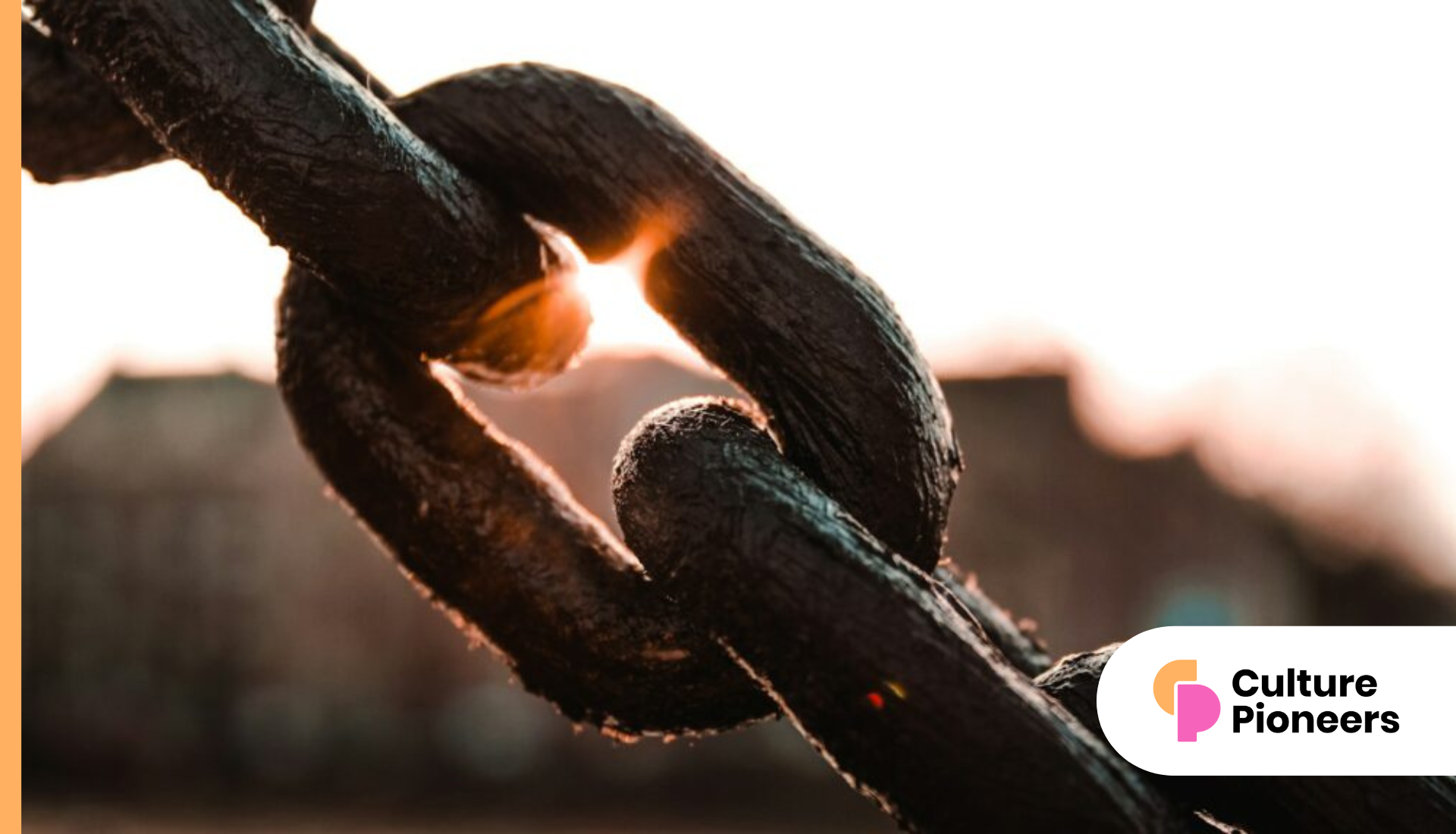Why does it feel like division is on the rise at work?
Polarisation is growing, with more contentious issues emerging alongside a resurgence of nationalism and social exclusion. Financial and personal insecurity have risen, leading to feelings of diminished control and increased fear.
This is increasingly reflected in the workplace. When people feel threatened or fearful, they tend to respond with an adversarial mindset – making conflict more likely. This self-protective instinct, though natural, inhibits creativity, productivity and collaboration.
We are constantly flooded with real-time information, which is stressful in itself. Add fake news and social media narratives, and the pressure intensifies. Cancel culture and the silencing of alternative views lead us to close off from opinions we don’t want to hear.
Technology allows people to hide in the shadows and say what they want, without considering the consequences. Online influencers and peer pressure have replaced traditional mentors in our organisations and communities.
Conflict can offer a sense of meaning and purpose – especially when someone lacks that sense in their family or community, and is handed a compelling narrative and a tribe. But when we take sides without understanding, polarity rises and meaningful connection declines.
As thoughtful reflection disappears, so does our ability to solve problems creatively or grow into responsible adults. Technology has made life more convenient – but at the cost of time, physical movement, and deeper thinking or initiative.
How mediators work – and what HR can learn
Mediators aren’t just peacemakers – they build trust, reframe ideas, and help uncover why each person holds a fixed position.
You have to stay calm, be patient, and sit in the fire. That means listening to everyone’s perspective, not just letting one narrative dominate. Mediators are neutral – we listen without judgement and acknowledge without taking sides.
This approach can inform HR conflict resolution. Mediators don’t dictate the solution. We help people explore what they need and what resolution could look like, rather than focusing on who’s right or wrong.
Shutting down dialogue is dangerous – it drives conflict underground. It’s better to understand and explore the reasons for upset. One of the best ways to handle online conflict is to model better ways of discussing difficult topics.
Those involved often expect you to solve everything – and may even turn on you. But as mediators, our role isn’t to judge. It’s to focus on the impact of the conflict and support people in finding their own path forward.
There’s rarely one easy solution. Unravelling conflict is complex, and all parties have to engage in the process. A key aim of mediation is giving people the skills to handle difficult dialogue themselves.
As mediators, we’re often tempted to offer answers. But trust builds when we don’t. It’s far more powerful to help each side take responsibility for their own mindset and way forward.
What HR can do when facing ongoing challenges
Utopia isn’t realistic – but we can certainly do better.
We tend to view issues through simplified narratives. If we take a step back, question those assumptions, and talk openly about what we do and don’t agree with, we can guide people towards a more resolutionary – rather than revolutionary – mindset.
Anyone can use basic mediation skills for HR to influence how conflict plays out. You don’t need formal training to start modelling healthy behaviour. But having one or two internal champions trained in mediation tools and approaches can make a big difference.
Initiating open, respectful dialogue in small groups creates space to explore feelings and reactions. Big conversations start in small settings. We must stay open to hearing those we disagree with – not cancelling them.
The cost of unresolved conflict is far greater than the discomfort of compromise, no matter who’s legally or morally right. No one’s coming to save us. So the focus must shift to calm, respectful dialogue – and a shared commitment to reducing conflict.
Creating a culture that prevents escalation
At work, we need to build bridges and reframe division. HR can lead efforts to balance different values, shift perspectives, and support collaboration.
Encourage psychological safety – where respectful disagreement is welcome, and conflict doesn’t escalate. Workplace polarisation can be addressed by stopping issues early, before they become major disputes.
The goal is to create positive partnerships, align values, and replace uncertainty with connection and purpose. By adopting a mediation mindset, we can reshape how conflict is handled – and build healthier, more resilient cultures.






